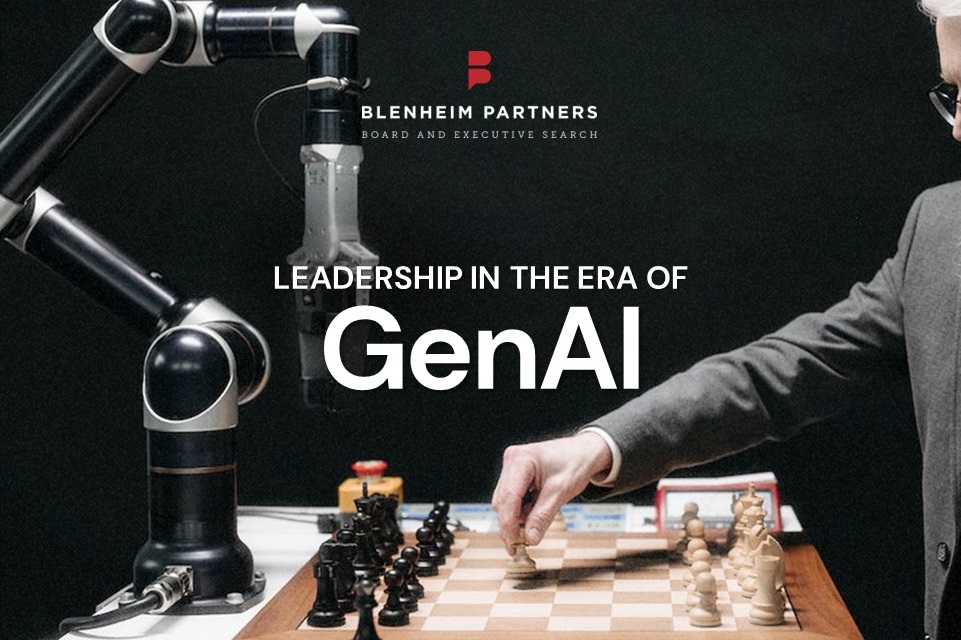
High-volume, repetitive tasks have already seen disruption through the automation of administrative tasks, manufacturing and supply chains. GenAI and ChatGPT extended this further up the customer service chain, adding greater personalised engagement through chatbots.
The centralisation of technology and its cost benefits have come with the decline of traditional customer experiences such as in-branch banking and supermarket checkouts. Incidents like the Woolworths’ payroll failure and the Australian Government’s Robodebt scheme underscore the importance of adequate process flows and governance. Without proper oversight, technology and automation can escalate, overshadowing the advantages that they bring.
The impact of AI also transfers to the cyber domain and will complement, not replace, human expertise in the fast-evolving threat landscape. The threat surface has expanded as well, with IT and OT convergence. Interconnectivity from new technologies such as IoT, 5G and quantum computing will create new threats in the future. In response, CIOs and CISOs must be across automation and AI in cybersecurity defense and protection.
The future of the workplace prevails as a topical issue. As local teams persist with remote working arrangements, executives face greater pressure and justification to procure talent from offshore. It would be unsurprising that an extension of that trend will feed towards automation and GenAI to replace certain roles. Those without adequate skills to bring value may also become victims of these technology advancements, and Technology leaders must partner with their broader executive team, to ensure continuous learning and development in their organisations to redeploy resources into value-added roles.
There is a consensus that challenges today in technology are around people, dependent on culture and change management. Younger, digitally savvy team members expect modern, digitally enabled working environments and technologies, whilst traditional leaders must adapt their leadership and personal styles to stay relevant. Traditional consumers also prevail as the last obstacle for companies completely sunsetting legacy technology and processes, such as broadcast media, call-centres, retail checkouts and cash.
It is noteworthy that until we truly transition to an AI-integrated utopia, roles such as smash repairers, truckers, electricians, and radiologists are and will be in shortage of experienced professionals in the near term, as graduates gravitated towards careers previously perceived as more future-proof. Ironically, AI is now threatening white-collar roles and executives must identify key talent capable of staying ahead of these technology shifts.
The saying “a rising tide lifts all boats”, could be applied to how technology creates new workforce standards. For instance, with GenAI, content creation has become more readily accessible to those outside graphic design or marketing, not dissimilar to the impact of smartphones on the photography industry. Organisations have reported considerable gains in software developers’ productivity utilising ChatGPT. Continuing this trend, it would be unsurprising to view Prompt Engineering to be the equivalent of Microsoft Office Skills of the 1990s.
Although attracting the appropriate talent in software development, digital, cloud and cyber continues to be frustrating, legacy systems will continue to be the ball and chain to organisations’ ability to adequately position themselves towards the future. Servicing and maintenance of systems decades old are costly and more importantly, operational risks as legacy technology operators and service providers retire and depart the industry.
Domestically, there remains an abundance of ERP, modernisation, and foundational IT projects to be implemented and with expected M&A in the market, this trend will persist. As of Q1 2023, only 14% of existing SAP ECC Customers globally have fully migrated to SAP4. With the already limited pool of executives locally having delivered a major ERP transformation to fill this talent gap, Australia also faces the additional challenge of competing for international talent as the dollar remains relatively weak.
Alternatively, newer entrants in the market without legacy IT baggage are pivoting away from the traditional monolithic ERP providers. Microservices and modular architectures promise the flexibility in technology to adapt to changing customer needs, demanding a more modern, dynamic, and technically savvy CIO who can orchestrate the appropriate mix of products, platforms, and applications. However, as executives, they cannot shy away from optimising BAU and foundational elements of technology including cyber, whilst maintaining commercial discipline, strategic foresight in investment and applying a pragmatic approach to drive lasting change.
People leadership is paramount to addressing the cross-functional nature of technology, cyber and AI. Technology Leaders face the ongoing challenge of adequately educating themselves on the continuously evolving technology landscape and how it can impact the key business drivers unique to their organisation. Clients are seeking those who can articulate the commercial and operational opportunities and risks to the ExCo and Board, to establish the appropriate vision, people, processes, and technology to futureproof them for a world increasingly disrupted and empowered by AI.
Kenrick Lui
Associate Partner, Technology and Digital Transformation

